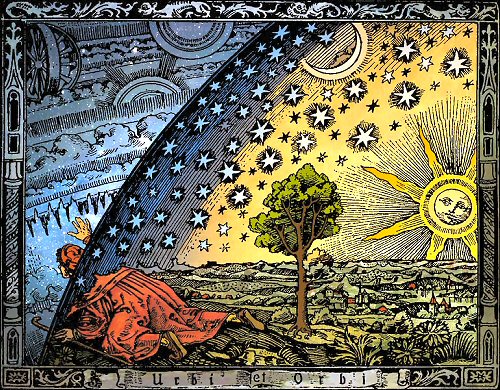Analytic rainbow philosophy and Newton’s infinitely simple theory of colours
DOI:
https://doi.org/10.14232/kulonbseg.2013.13.1.110Abstract
Gábor Áron Zemplén introduces Newton’s theory of colours, focusing primarily on the images Newton used to illustrate his essays. The paper analyses the first, 1672, version of Newton’s theory of colours, and highlights the fifth thesis about the number of simple colours in the rainbow. Although Newton thinks the rainbow can be divided into an infinite number of colours, his answer remains polysemic. Zemplén argues that the polysemy is intentional: the father of modern physics wanted to evade open confrontation with disciples of traditional models of physics and optics.
Downloads
Download data is not yet available.
Downloads
Published
2013-06-27
How to Cite
Zemplén, G. Áron. (2013). Analytic rainbow philosophy and Newton’s infinitely simple theory of colours. Különbség (Difference), 13(1). https://doi.org/10.14232/kulonbseg.2013.13.1.110
Issue
Section
Interpretations of the Infinite in the Early Modern Age






